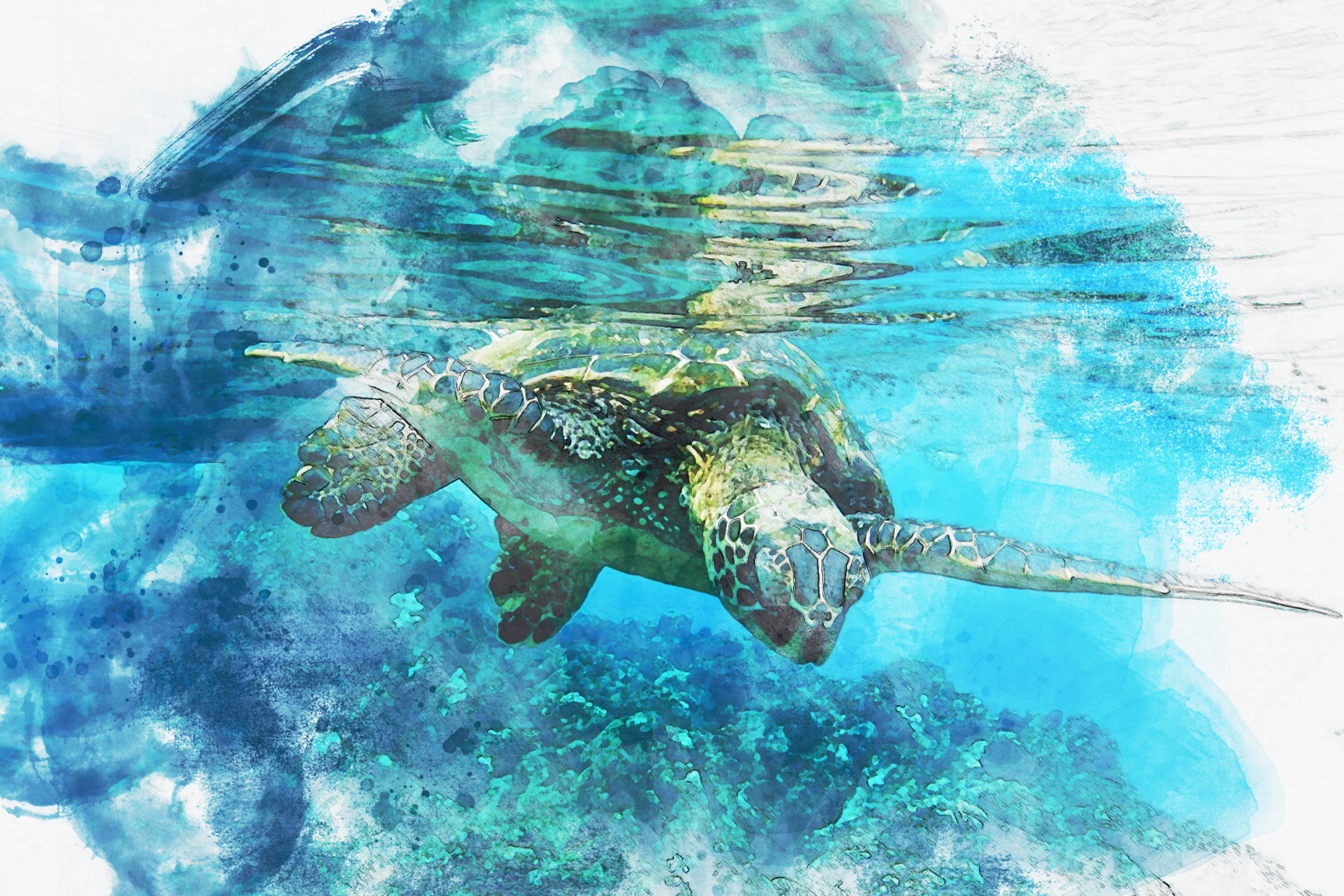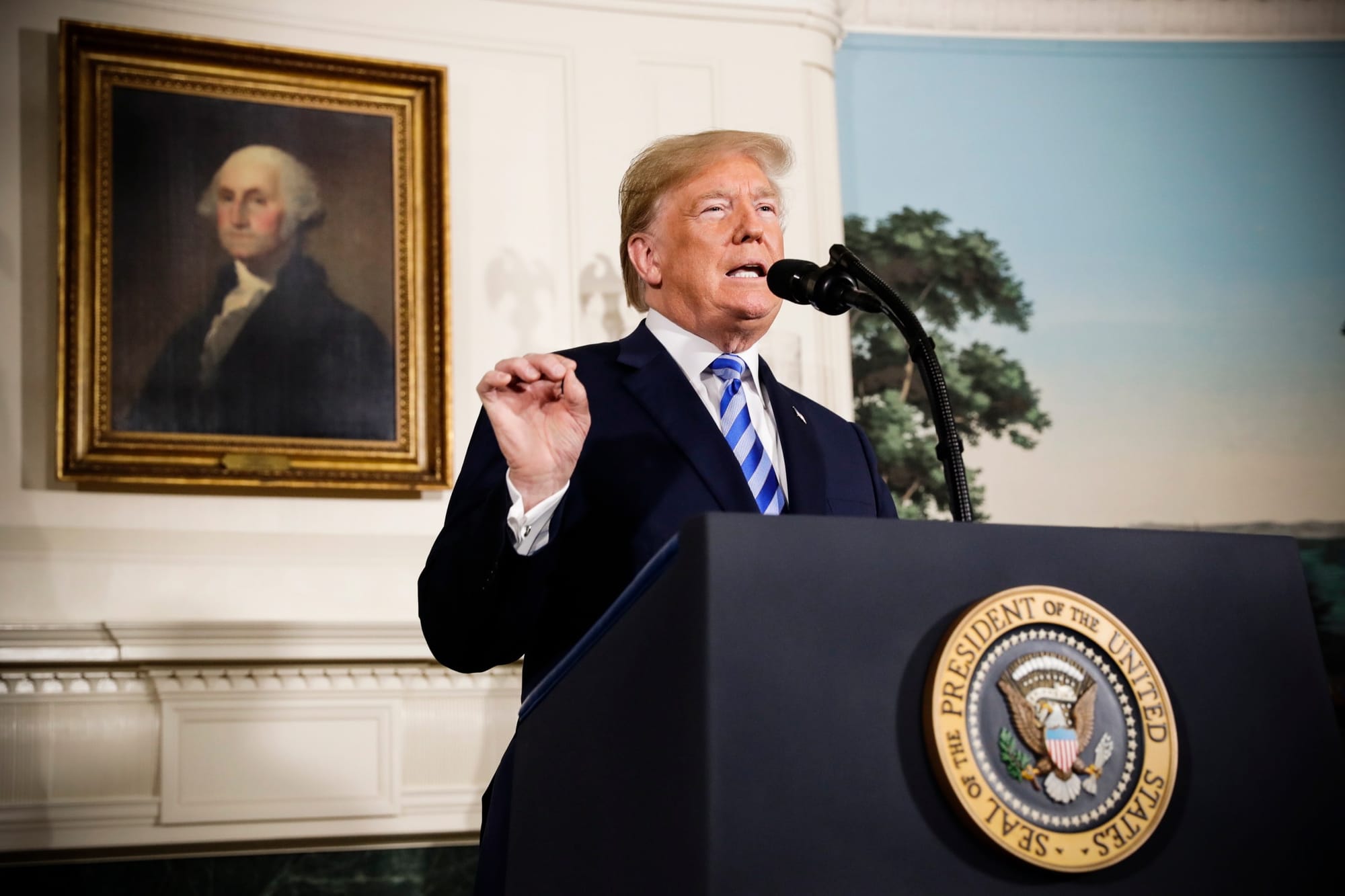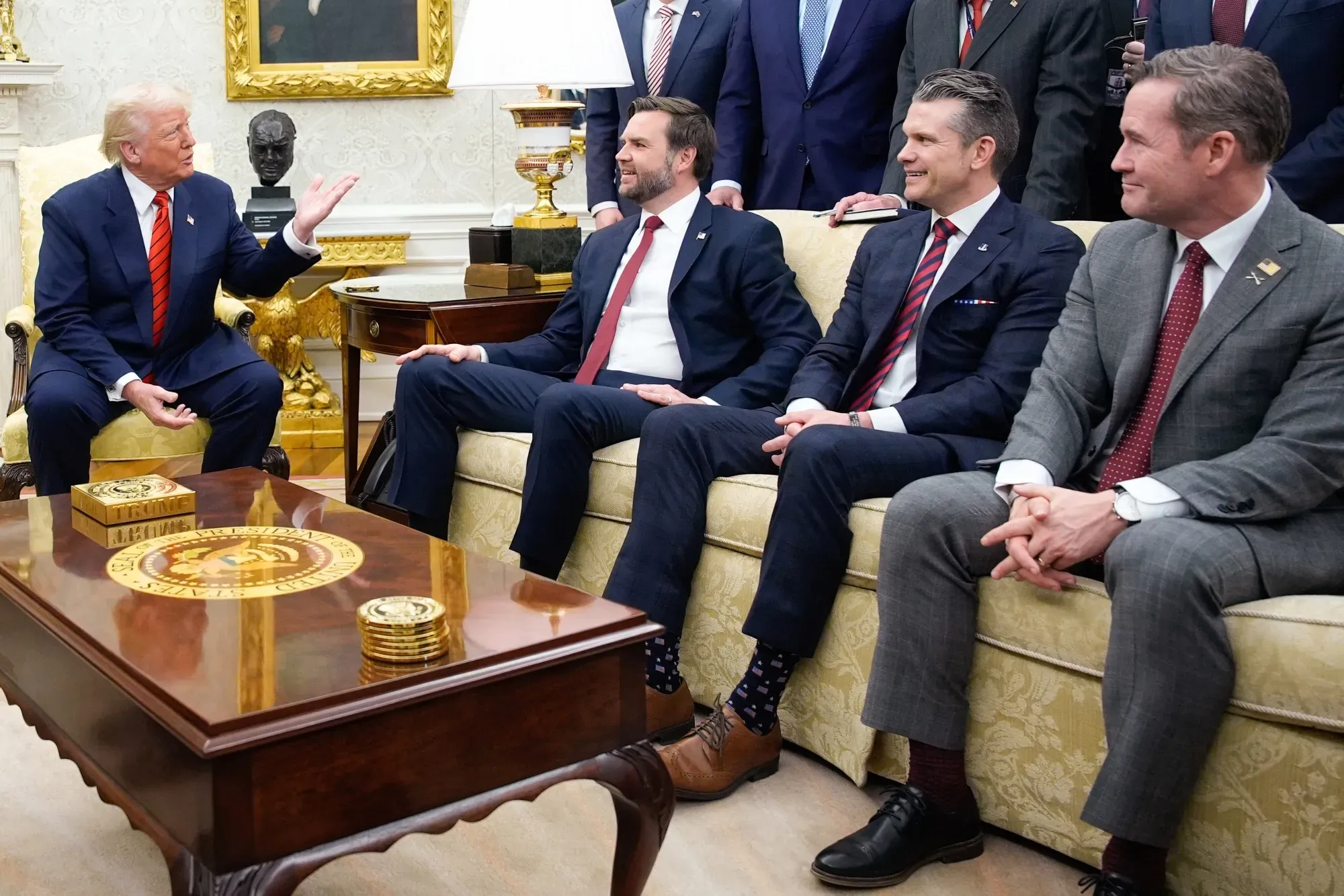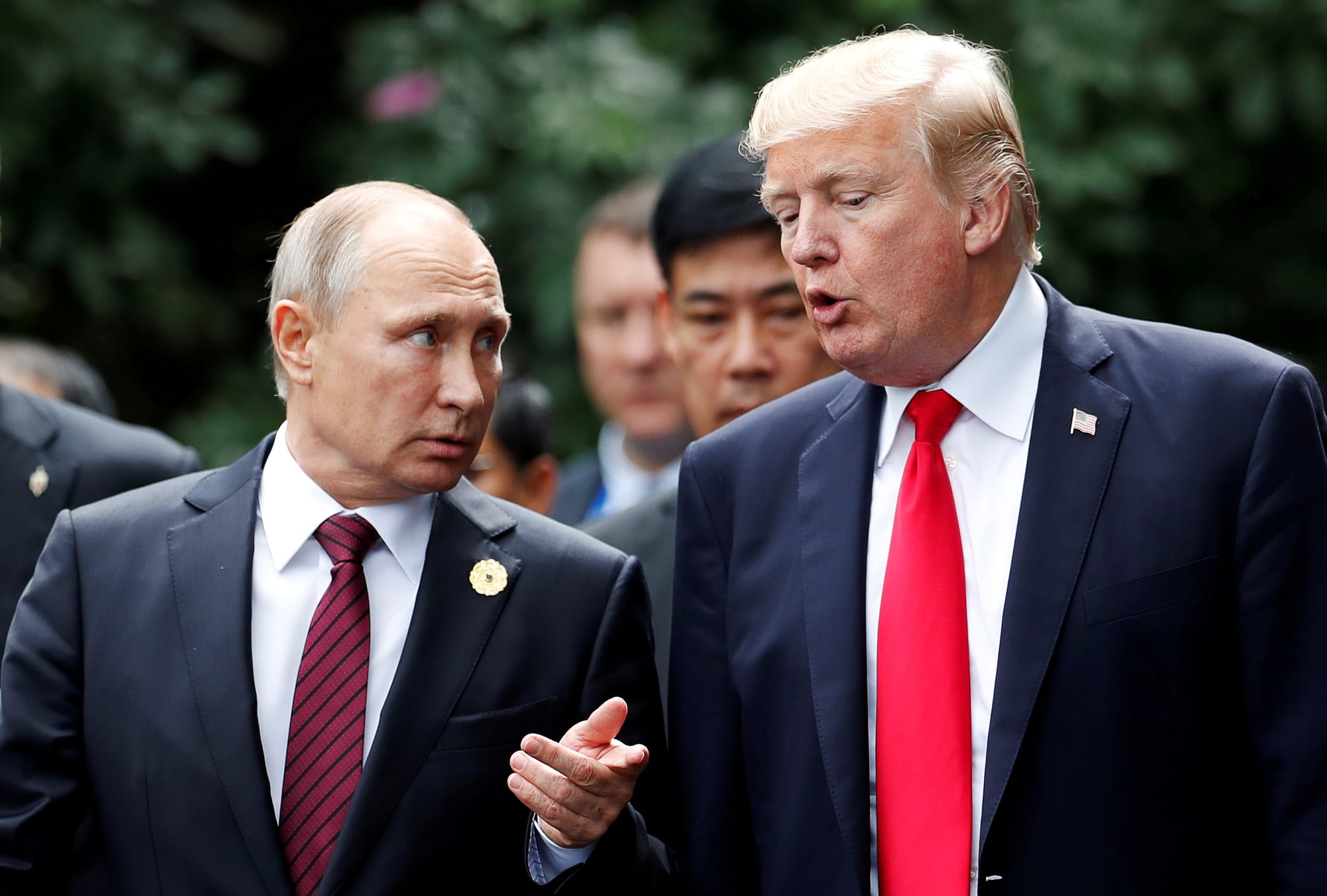A hundred Nations from all around the world have reached a historic agreement to protect the world's oceans following 10 years of negotiations.
The High Seas Treaty, also known as the agreement on Biodiversity Beyond National Jurisdiction or 'BBNJ', was signed in New York on 20 September, in the margins of the United Nations High Level Week.
The Treaty aims to place 30% of the seas into protected areas by 2030, to safeguard and recuperate marine nature. It also agreement provides for the common governance of about half of the Earth’s surface and 95% of the ocean’s volume, the largest habitat on our blue planet, to:
- promote equity and fairness
- tackle environmental degradation
- fight climate change, and
- prevent biodiversity loss in the high seas
A New Agreement
The last international agreement on ocean protection was signed 40 years ago in 1982 - the UN Convention on the Law of the Sea. That agreement established an area called the high seas - or international waters - where all countries have a right to fish, ship and do research - but only 1.2% of these waters are protected. Marine life living outside of these protected areas has been at risk from climate change, overfishing and shipping traffic.
The adoption of this agreement is a historic achievement marking the successful end of more than a decade of multilateral work. It complements the United Nations Convention on the Law of the Sea (UNCLOS), which provides the legal framework under which all human activities in the ocean take place.
Why the Delay?
The text of the treaty was agreed in March 2023 and formally adopted on 19 June, by consensus, at UN Headquarters in New York. The negotiations had been held up for years over disagreements on funding and fishing rights.
The Treaty will enter into force after 60 ratifications.















Discussion